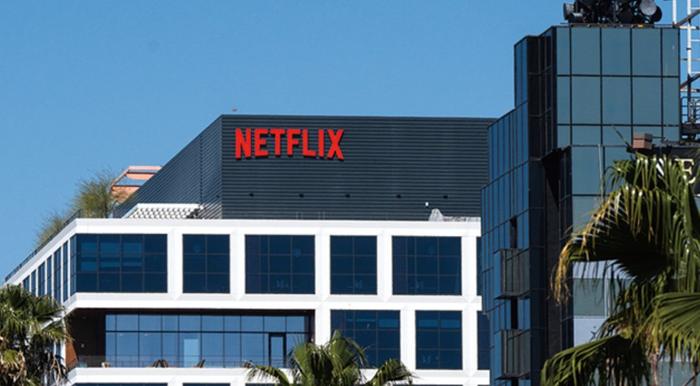Advanced Micro Devices, Inc. (AMD) witnessed a notable decline of over 6% in its stock price during pre-market trading, reflecting broader concerns about the semiconductor industry’s stability and potential challenges facing individual companies within the sector.
The semiconductor industry has been experiencing significant volatility in recent months, driven by a combination of factors including global supply chain disruptions, geopolitical tensions, and shifts in consumer demand. AMD, as a major player in the semiconductor market, is not immune to these challenges.
One of the key drivers behind AMD’s stock drop is the uncertainty surrounding its financial performance and outlook. Investors are closely monitoring the company’s ability to navigate through the current macroeconomic environment and sustain its growth momentum.
Furthermore, AMD faces intense competition from other semiconductor manufacturers, particularly in key markets such as data centers, gaming, and cloud computing. Rival companies are aggressively pursuing market share, leading to pricing pressures and margin concerns for AMD.
In addition to competitive pressures, AMD must also contend with supply chain constraints that have plagued the semiconductor industry as a whole. The global semiconductor chip shortage has disrupted production schedules and constrained supply, potentially impacting AMD’s ability to meet customer demand and fulfill orders in a timely manner.
Despite these challenges, AMD remains well-positioned to capitalize on long-term growth opportunities in the semiconductor market. The company has a strong track record of innovation and product development, with a diverse portfolio of high-performance computing solutions.
Investors are eagerly awaiting AMD’s upcoming earnings reports and guidance updates for insights into the company’s performance and prospects. Key metrics to watch include revenue growth, gross margin trends, and management commentary on future growth drivers and potential risks.
While the short-term outlook for AMD may be uncertain, many analysts and investors remain optimistic about the company’s long-term prospects. As the semiconductor industry continues to evolve, AMD’s focus on innovation and strategic investments could drive sustained value creation for shareholders in the years ahead.


